Rain in India usually leads to flooding because of the ill-maintained roads and infrastructure. Now that the monsoon is set to kick in, many of the cities in the country are preparing to take on the unpredictable weather. If you drive a car in India, the monsoon season is probably your worst nightmare. With wet slippery roads and poor visibility, driving conditions take a turn for the worse. Add to that, large potholes with deep puddles and you could find yourself regretting taking out your car. However, if you are forced to drive in the rain and in floods, here are some essential tips to help you stay safe.
How to Take Care of Your Parked Car in Floods?
If you find yourself in a parked car in flood waters, here’s what you should do:
Turn The Engine Off

As soon as you find yourself stuck in puddle or on a flooded street, the very first thing you should so is turn off the car’s engine. Water looks to enter the engine through the air intake and can cause the engine to stall. When you switch the engine off, this stops water from entering the engine. If water has already entered the air intake, switching off the engine quickly could save the engine from seizing.
Park On The Side Of The Road
When you find that the floods are too much to handle, the best thing you could do is look for higher ground to stop your car. If you can’t find higher ground, look to park your car on the side of the road, away from flowing traffic. Use the hazard lights to alert other vehicles of your position so that any possible accidents are avoided. Once parked, you should disconnect the battery if possible after turning the engine off.
Safely Disconnect The Battery
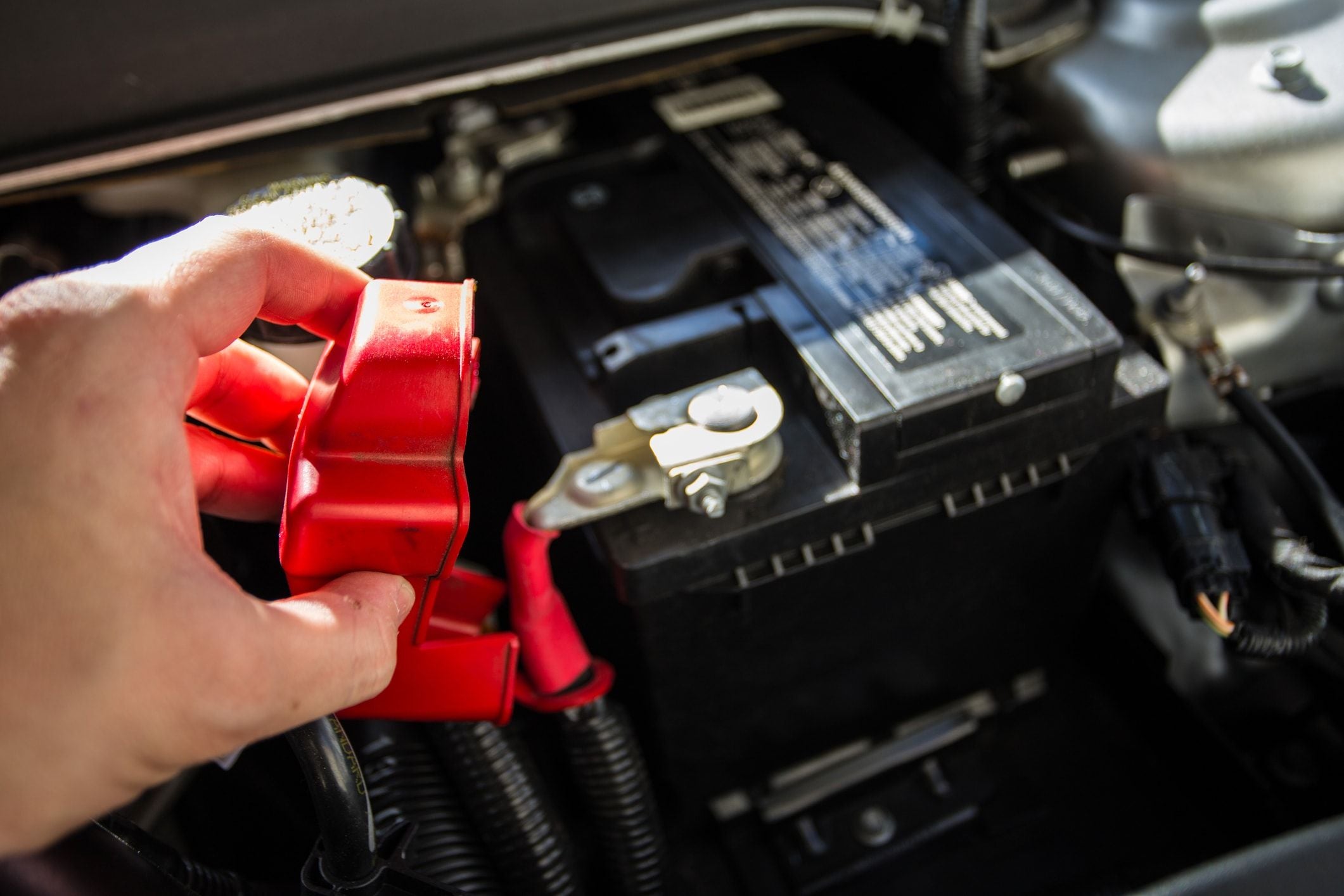
The battery is essentially the heart of your car. Without the power from the battery, your engine and other components would not function. This is why you should try and disconnect the battery once you park your car in a safe spot and turn off the engine. As you already know, water and electricity do not play well together so if your car comes in contact with flood water, the electrical components and wiring can be damaged, not to mention that it could also give you quite a shock. After staying out of the floods for some time, reconnect the battery and check the electrical systems for any flickering or further damage.
Wait Till The Floods Recede
Once your car is parked in a safe spot, you should wait for the flood water to reduce or recede completely before you can evaluate the damage. When the water is completely gone, you can either check for any water damage or get a mechanic to check the entire car. If the car was severely damaged, you should contact your insurance company for any repairs that might be required.
How to Take Care of Your Car While Driving Through Floods?
If you are about to drive through heavy floods, here’s what you should do:
Keep Revving The Engine
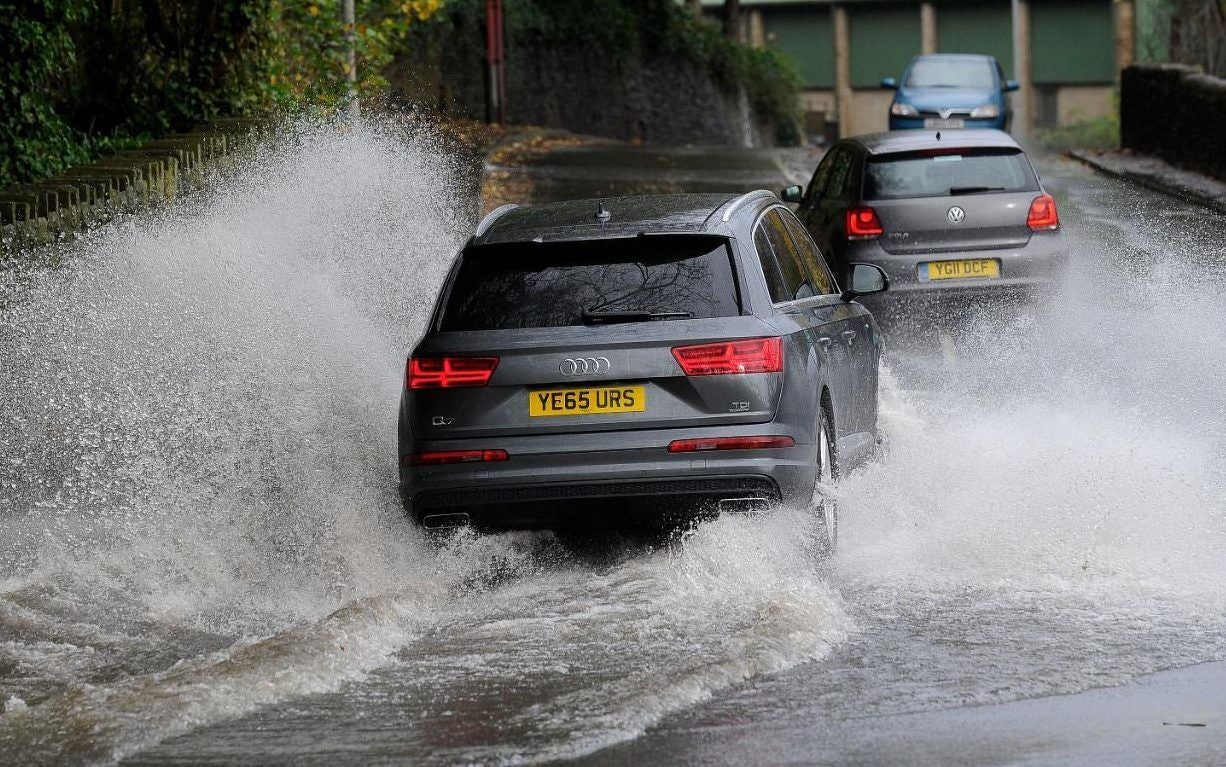
Always ensure that the level of the floods are low enough for your car to handle before you start driving through it. Remember to keep the car on the first gear and continuously rev the engine while driving through the flood. This will stop water from entering the engine and prevent stalling or seizing of the engine.
Drive At A Slow Speed
Traction and visibility, two aspects that are extremely important when driving, are significantly reduced during the monsoons. The roads are always wet and slippery and tyres often fail to get proper grip of the road. This is why you should always drive at lower speeds during the monsoons. Driving through a flood on the first gear only will stop the car from losing control or “hydroplaning”.
Leave The Car If The Water Level Rises
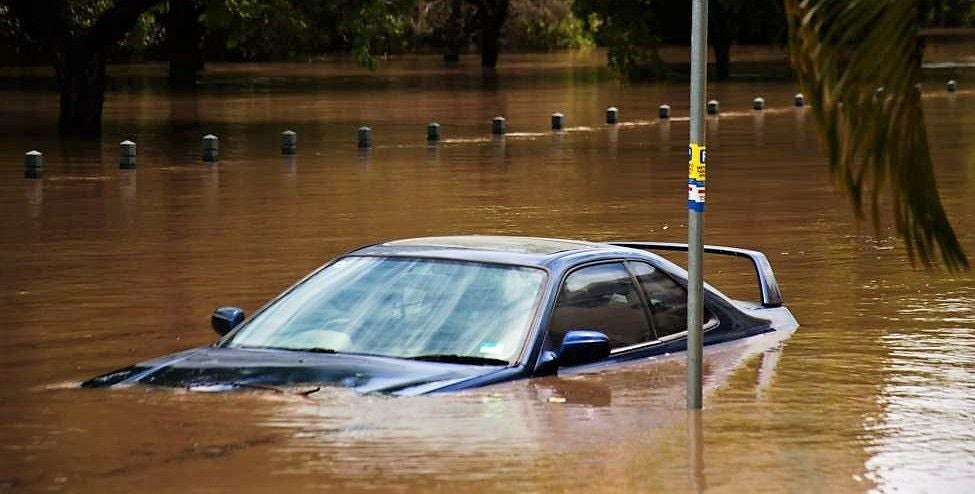
Even if you feel like your car is capable of taking on the floods in front of you, you might not know what the situation is like ahead. If you find the flood water level rising gradually, and is halfway up the doors, it is best that you park your car on the side of the road and exit the vehicle. When the water reaches dangerous levels, your car’s electrical systems can fail and the doors might be jammed in because of the pressure of the water, which can be a dangerous situation to be in. You can always return to your car when the floods recede with a mechanic to check the damage.
Use The Head Rests To Break Glass
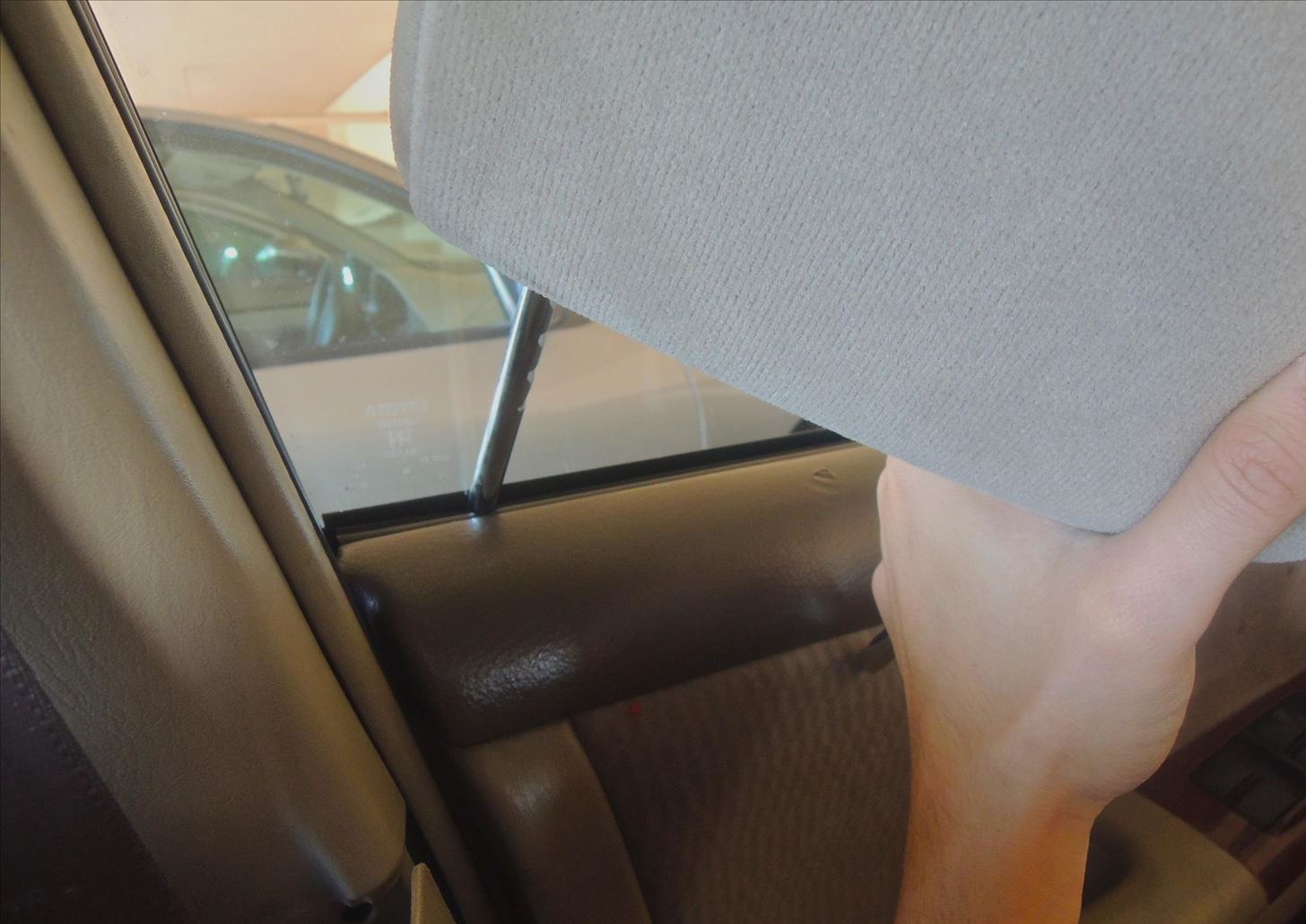
As mentioned above, if you find yourself in deep floods where the doors are jammed shut and the windows don’t work because of electrical failure, you have to find a way out. Here is where the hear rests come into play. Most people don’t know this but the head rests are built with pointy ends to help you break the glass windows or windshield in an emergency situation. Although most experts advise drivers on carrying a small hammer in their glove compartment or the boot, the head rest is the better option.
Stay Away From Trees And Electric Poles
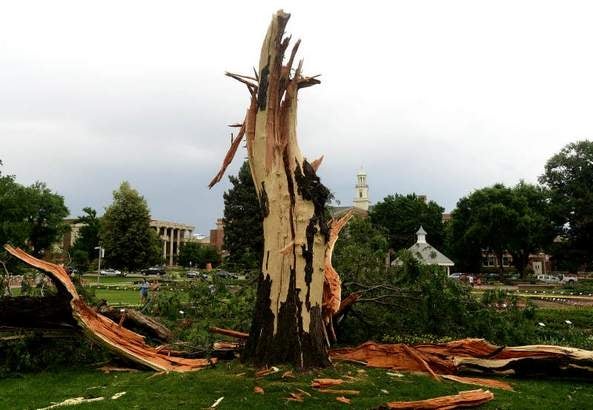
You might think that hiding under a large tree when it is raining is helpful, however, that could be the worst possible idea. You should always avoid parking your car near trees or electricity poles during the monsoons as the rains are often accompanied by lightening. If lightning strikes the tree near your car, it could fall and cause major damage to the vehicle. In the same way, an electrical pole struck by lightning can short circuit your vehicle and damage everything inside. Even if you are driving in the rain, you should be driving a few meters away from trees and electricity poles.
Stop If Visibility Deteriorates
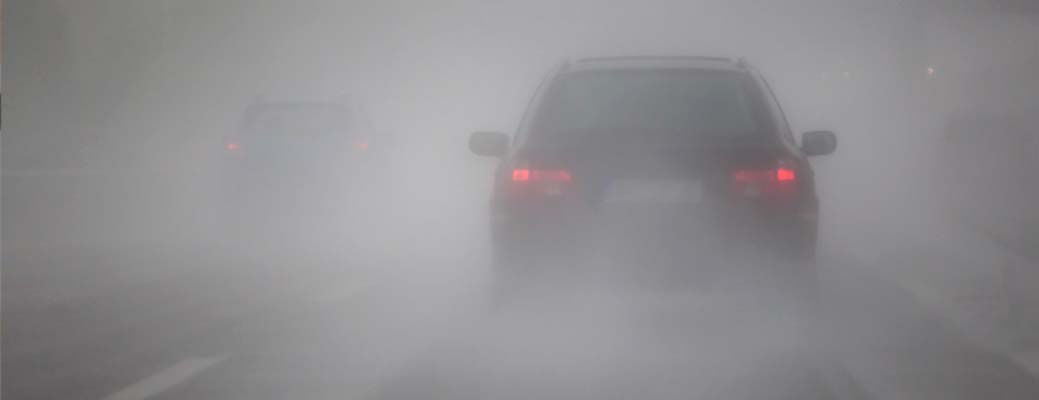
During the monsoon rains, visibility for drivers is reduced significantly. In fact, the majority of road accidents are caused due to a lack of visibility. If you find that you cannot see the road in front of you, you should immediately find a safe spot to stop and wait till the rain subsides or completely comes to a halt. Driving in these conditions are extremely dangerous and should be avoided at all costs. However, if you cannot stop and must continue to drive, switch on all the lights including the headlights, fog lights, taillights, and even the cabin lights to ensure that other vehicles can see you. This will keep you as well as other drivers on the road safe and will give you better visibility. You should also drive at a slower speed to avoid hydroplaning and maintain a safe distance from the vehicle in front of you.
Step-by-Step Guide to Help You Drive Through Floods
Step 1: Before you can begin to drive through the flood water, you need to slow the car down or completely bring it to a stop. This will help you assess the depth of the flood or get ready for driving through it.
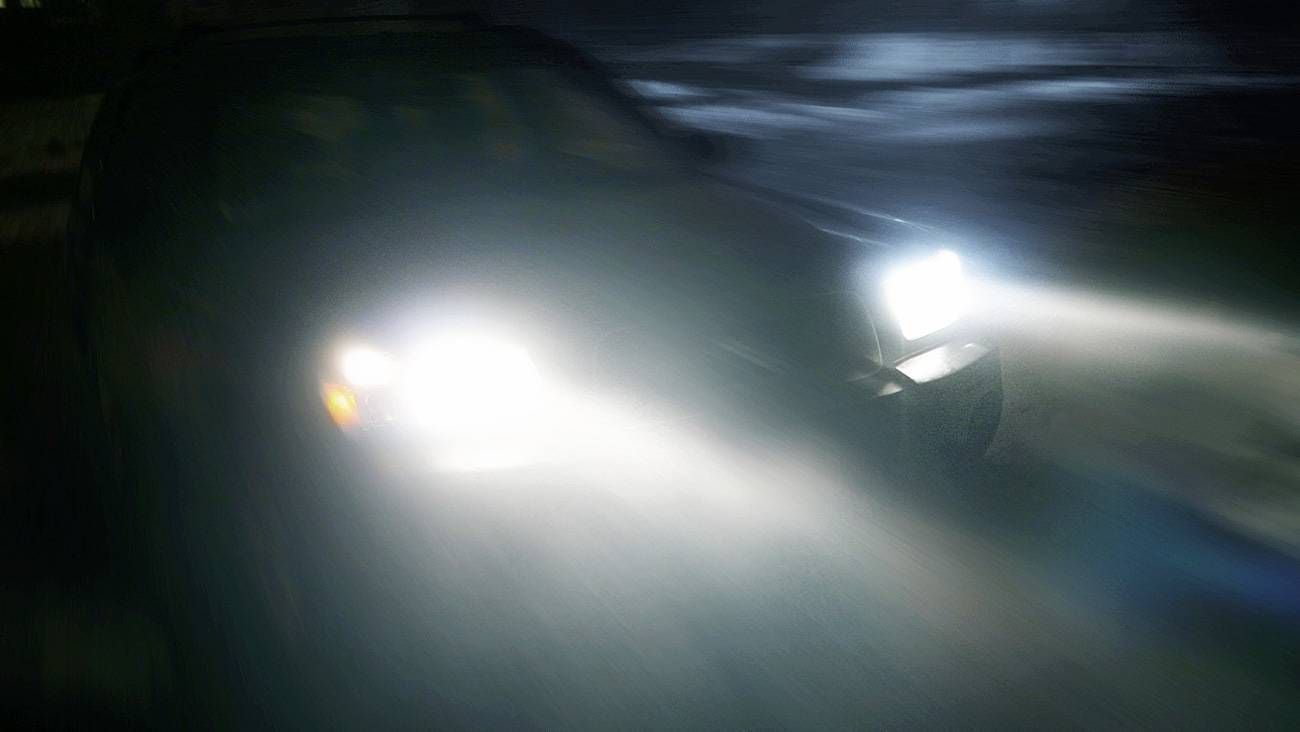
Step 2: Turn on your headlights (if they are turned off) and hazard lights to help you illuminate the road in front of you better. This will help you see the water-logged road ahead and give you a better guess at how deep it might be. Make sure you know the depth is not too much for the type of car you’re driving and make sure that the car has enough weight to it so that it doesn’t just float in deeper water.
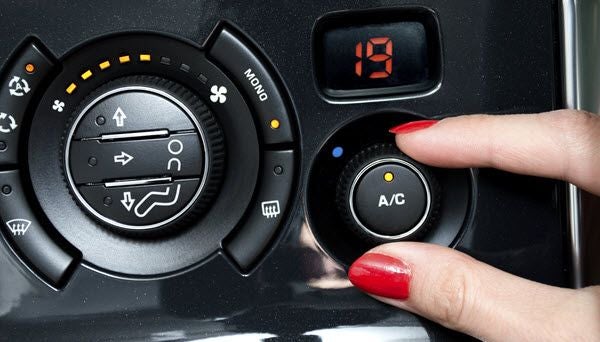
Step 3: Once the hazard lights are turned on, you have to turn off the air conditioning system as the rising water level could quite easily damage the fan that sits in the engine compartment. After turning off the engine, you should put the car in first gear.
Step 4: Now with your lights on and AC off, you can proceed to drive into the water slowly. You can roll down the windows a bit if it’s not raining to ventilate the car. You should remember to keep the engine revved so that water doesn’t enter the exhaust pipe and damage the engine. When you keep the throttle down continuously, it helps the car move forward slowly while also maintaining the health of the engine.
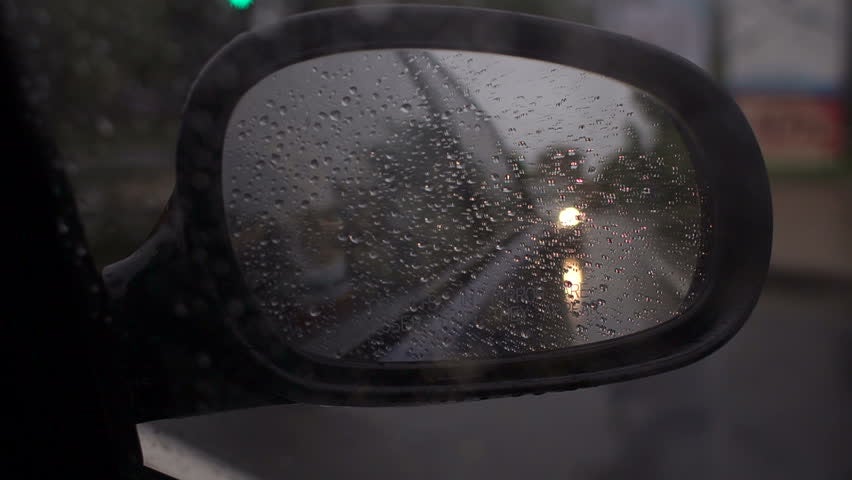
Step 5: While driving through the floods, you should not stop the car, especially when the water level is high. This could result in the engine stalling and could leave you trapped in the car. Also, while you drive through the water, you should keep checking the side and rear mirrors for any signs of deeper water or potholes.
Step 6: Once you find that the flood levels are lowering, you can increase the speed of the car gradually. When you find higher ground and a drier road, you can stop the car and check if everything is working properly.

Step 7: If you see that your car shuts down after driving out of the flood, you should always stay calm. Try and park the car on the side of the road and ask for help. You should contact your mechanic to check the car for any signs of damage. If you are capable of completing a check yourself, look for any damage to the engine and other important components such as the transmission and carburetor.
Step 8: Once you see that the engine and other components are working properly or get the green light from your mechanic, you can allow the car to dry a bit (if needed) and continue to drive as usual.
With the Indian monsoons being as unpredictable as they already are and the poorly constructed roads found in practically all cities, driving in floods become inevitable. With these handy tips and helpful guides, you can now be prepared to take on any type of rain or flood that hits your city. However, you should always remember to take precautions when opting to drive in the rain and if possible, avoid it completely.






.jpg&w=828&q=75)






.jpg&w=828&q=75)
.jpg&w=828&q=75)
.jpg&w=828&q=75)
.jpg&w=828&q=75)

.jpg&w=384&q=75)

.jpg&w=384&q=75)
.jpg&w=384&q=75)

.jpg&w=384&q=75)
.jpg&w=384&q=75)

.webp&w=384&q=75)








